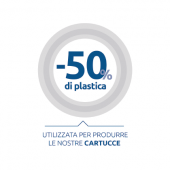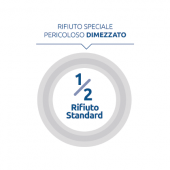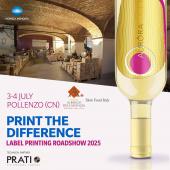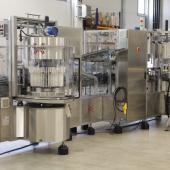Reconfigurable marking system
CIJ.Z by Zanasi: a concrete project of sustainability in the world of marking, combining greater efficiency of resources and operating functions with a lower environmental impact.
Expectations towards sustainability are growing more and more and the changing society needs to responsibly place people before profit goals. Technology and innovation must in turn play an important role and show new ways to progress, but above all to reduce inequalities, overcoming the limits imposed by “digital skills” making them more effective and accessible, breaking down the walls of technological skepticism.
Within the framework of this broader vision of social responsibility, the environmental dimension has become a corporate strategy at Zanasi, tangible in the sustainable technological projects that have become a constant in the company’s activities.
This starts with the decision to break down and recompose the entire technological park on a new basis, in order to support the shared values of inclusion for system operators and the company’s social and environmental impact objectives. The different declinations of sustainability (environmental, economic and social) are combined with each other, in a synergistic way, and used in different degrees to reach the definition of a product that goes beyond the classic design styles used for industry and extends the usability, value and durability of the marking system, because people demand real change.
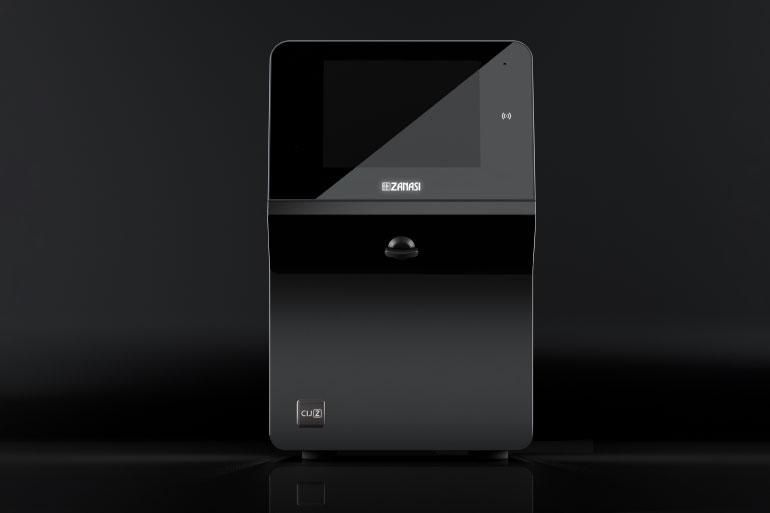
Visions of present and future
«Solutions for industrial coding and marking that remove all barriers of space, language and culture, offering a product that is easy to use, accessible to everyone and respectful of the environment in which we live».
These words summarize Zanasi’s vision of the future, at the basis of the sustainable innovation project. A project shared with customers, gathering their needs and daily challenges to give shape to the vision, but above all to provide a concrete contribution: a support to productive industries in achieving sustainability objectives, linked to the efficiency of resources and operational activities.
To pursue this common goal, Zanasi’s Research and Development Department has combined pre-existing technologies and, thinking outside the box, has created a single configurable solution that goes beyond the concept of a predefined product. This is CIJ.Z, the first and only modular marking system that can be reconfigured over time: interchangeable components are connected together to create an exclusive system and satisfy every single marking requirement. The uniqueness of each single configuration is represented by an ergonomic industrial design realized with the functional and fundamental objective of favoring the interaction of the operators with the system.
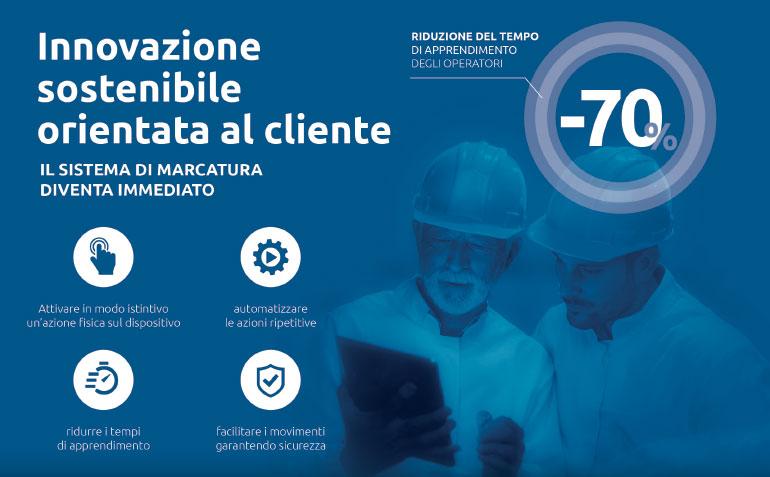
CIJ.Z: sustainability in practice
In parallel with the objective of competitiveness, Zanasi has therefore integrated within the company strategy the desire to conceive long-term sustainable technological projects, reaching the point of creating the first and only modular marking system: CIJ.Z, a responsible and transparent solution to guarantee a sustainable investment at a certain cost over time. The modular system allows you to calibrate the purchase of only those parts and functionalities that are really useful for your marking process, with the possibility of adapting it later.
The revolutionary idea is to overcome the idea of a “disposable” technological product in favor of a sustainable industrial design platform designed to offer the possibility to reconfigure the marking system, integrating, modifying and replacing the individual parts several times, to get the most out of the available technology.
Modularity and configurability are applied in a functional way to usability. Taking inspiration from the new aesthetic canons of the hi-tech world, the marking system has been made iconographic and recognizable to guide and simplify the human-machine interoperability.
The design features an ergonomic line that uses a combination of contrasting materials, shapes and colors to divide the front and body of the machine and to map out the important points of interaction with the digital interface and the physical parts of the marking system.
The clear distinction between the two parts allows the instinctive activation of a physical action on the device, both in terms of operation and system maintenance. CIJ.Z is the first and only modular marking system with the unobvious goal of ensuring product sustainability throughout its entire lifecycle. No disposable technology, reduced plastic consumption and reduced management time, for a project that looks to the sustainable future and makes marking transformable according to production changes and technological innovations that will come.
An innovative approach for a marking system at the service of the operator
The relationship between object and user within the production process is a fundamental component of Zanasi’s innovative approach, aimed at integrating people’s needs with the possibilities offered by existing technologies, minimizing the possibility of error.
The interaction with the CIJ.Z inkjet system is based on the concept of User Friendly Industrial Design, in a radical way, with the aim of reducing the technological barriers between device and operator, effectively eliminating all that is superfluous, through the meticulous simplification of the HMI.

User interface
Similar to that of a smartphone (whose functionalities do not require specific training) it intuitively generates a direct user experience between the user and the machine. Through a capacitive touch screen, the Orkestra® software platform guides the user in the navigation and the contextual menus simplify the communication between technology and operator, for an immediate learning even where specific technical skills are normally required.
Even the Orkestra® software platform is programmed to be flexible and follow the modularity of the system: open and configurable, it can be automatically updated according to the needs, adding modules for the enhancement and management of new features. The engineering of the software has been made more environmentally friendly, using an open source operating system, which makes the best use of available resources and hardware, reducing the energy consumption required by the system itself and, consequently, the carbon footprint. A sustainable choice to support the creation of green software applications.
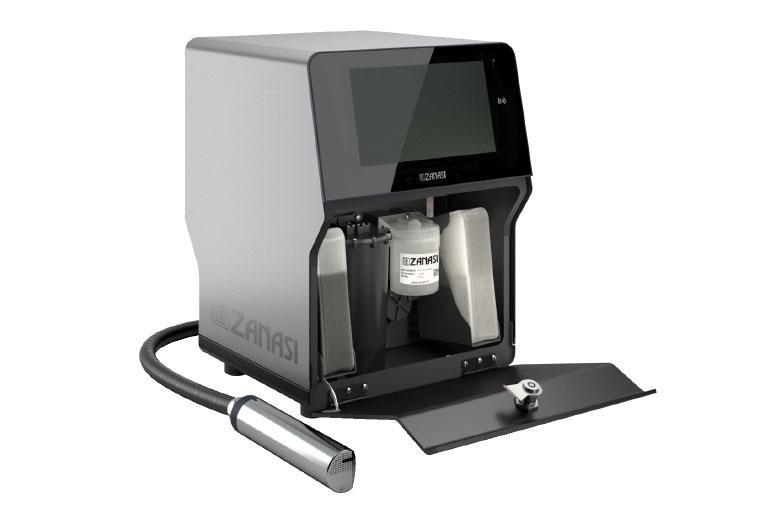
Less plastic for cartridges
Thanks to research and collaboration with partners, Zanasi has developed an innovative design of extra-light cartridges, the lightest in the world on the international scene of small character inkjet marking (CIJ), claiming a real primacy in the conscious use of plastic.
The design allows for 50% less plastic to be used in the manufacture of the cartridges, while maintaining the ink content unchanged. This results not only in a lower exploitation of fossil fuels, but also in halving the environmental impact of hazardous industrial waste during disposal.
